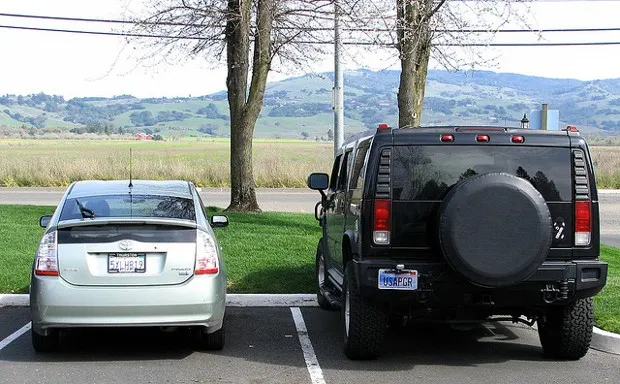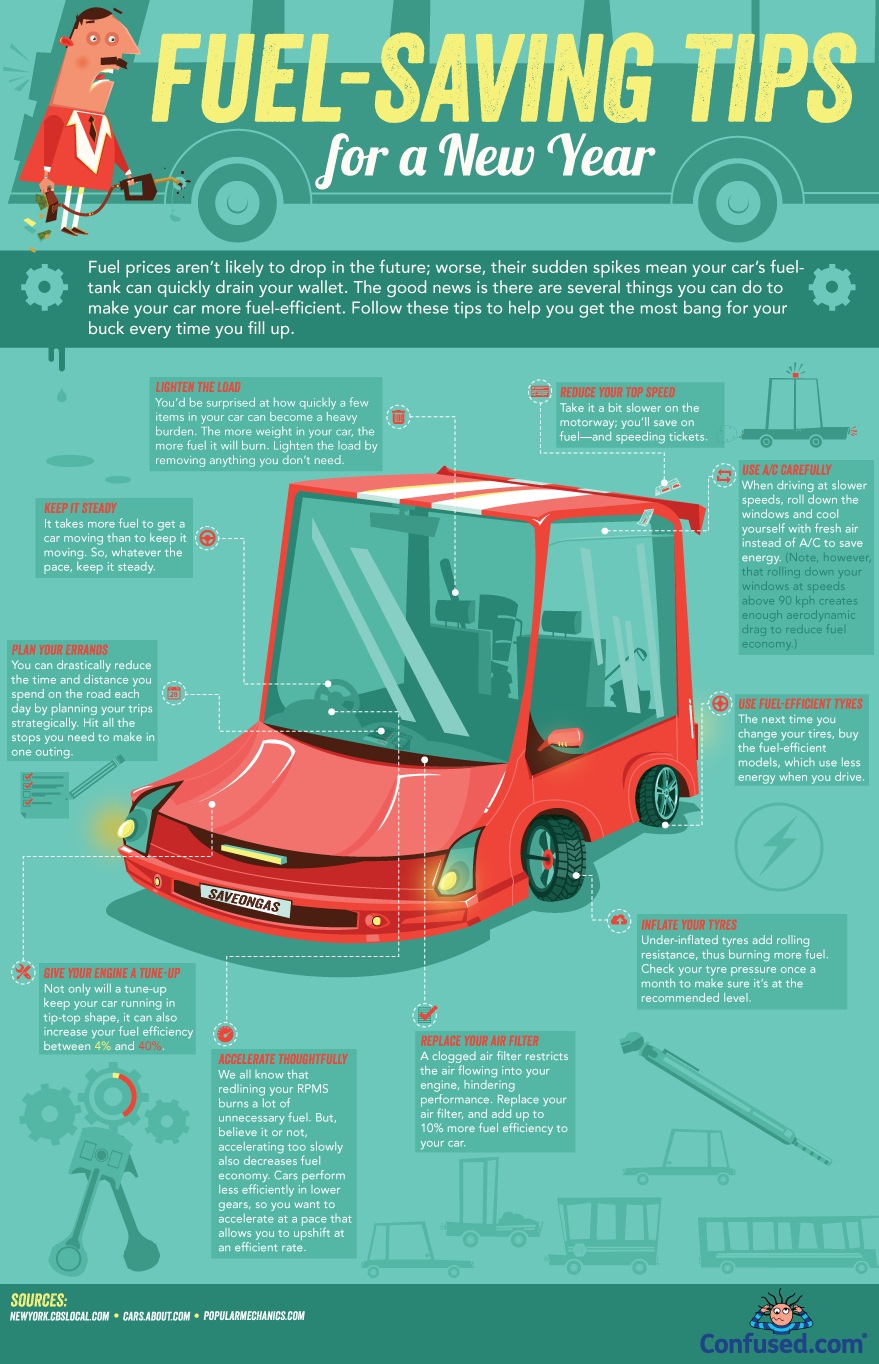
This is part 2 of 4 in an ADM series about setting Facebook goals:
- Define Your Facebook Goals Before Determining a Strategy
- Facebook Marketing Goals: The Safe Approach
- Facebook Marketing Goals: The Aggressive Approach
- Facebook Marketing Goals: More Aggressive Approaches
---
Setting goals on Facebook is extremely important. As I wrote last night, it’s the root cause of one of the biggest challenges businesses are facing in Facebook marketing: a lack of a proper strategy. If you don’t know where you want to go, you won’t be able to get there very easily.
There are two primary approaches to setting a Facebook strategy that I’ve put in the boring categories of “safe” and “aggressive”. Here, we’re going to go over some of the safe approaches to Facebook that businesses can employ if they want to be truly successful in their goal-oriented strategy. These aren’t my favorites; I’m an aggressive goal-setter. Still, they may be the best way for your business to operate on Facebook.
Goal: PR-Only
Social media has the potential to be an amazing communication tool when done right. It is the best way to have a two-way public relations presence. You can get your messages out and mold the perception of your company’s personality the way you see fit while having an open method through which people can reach you. PR should always be a portion of every Facebook strategy.
There is an option of using it strictly for public relations. This is the easiest way to go. It’s the least productive goal to set, but it’s by far the safest approach and easiest to implement. If your company either does not believe in the value of using Facebook to reach more customers or you don’t have the time to implement an aggressive strategy, the PR-only approach is ideal.
In essence, this goal is to use Facebook sparingly. You aren’t going for visibility. You’re using it for defense only. Growth in the local market isn’t important. You aren’t playing the EdgeRank game nor are you advertising on Facebook at all. With this approach, the only audience that concerns you come from two sources: your website and the search engines.
With the PR-only approach, you play it very safe. You can post sparingly – once or twice a week is plenty (no less than that, though) – and finding content is easy because it doesn’t have to be viral. It technically doesn’t even have to be interesting. It’s an expression of your company’s personality to a limited audience. You can post links to your blog, pictures from the office, industry news, congratulations to employees, customer testimonials, etc.
Because you’re not worried about exposure, you don’t have to worry about getting into your fans’ news feeds. Those who want to get a feel for your company will be able to find it in searches for your name on Google or Bing as well as by clicking on the link that you post on your website and blog. You’re painting a picture with no fears of hurting your affinity and limited worries about getting negative feedback on your posts. Very few people will see it, but those who do have the opportunity to get a good feeling about your company because you’re not taking risks.
Again, and I cannot stress this enough, you will not be reaching people with this strategy. You will have a presence for those who want to find you, but there will be no growth, no additional leads or sales, no engagement, and you won’t be popping up in news feeds. The PR-only approach is a way to hide from all of the potential negatives in social media while still maintaining a presence that isn’t embarrassing. It’s as safe as it gets.
Goal: Basic Presence
This is similar to the PR-only approach, but there’s a chance that it can expose the brand to some additional people. Not many. You won’t be saying a lot but you will be interesting enough to get a little love.
If your goal is to have a basic presence, there are several strategies that can work. One of the easiest is to go with the daily industry picture. This strategy is extremely easy and maintains your presence without much effort. You simply schedule an image that’s relevant to your industry once a day, every day. That’s it. A Jeep dealer would post an image of a Jeep once a day. You can’t mess it up.
This goal is not one that will allow for much growth, but the chances of it ever hurting you are limited. Much like the PR-only approach, having a basic presence is designed mostly for those who find you on search or get directed to the Facebook page from you website. Because it’s likely going to be images that are of interest to your visitors, there’s a chance they might like some of them and get you an EdgeRank boost that can push your posts into news feeds.
This is the most common goal for local businesses today. Ironically, it’s the one that many wrongly classify as aggressive since they’re stepping outside of the bounds of pure business needs and trying to entertain their audience. The reason that this classification is wrong is because it’s still much safer than posting messages. Being fun isn’t necessarily aggressive. It can be, but we’ll discuss that type of goal in the next post.
Goal: Be the Industry Resource
Of all the safe goals, this is the one that requires the most effort. You’re trying to share your knowledge within your industry to your fans. Using the Jeep dealer example, they would be posting tips to maintain a 4WD when it’s not used very often, for example.
This goal can be ramped up more than other safe goals because you’re trying to bring value to the table. Facebook ads can work and this goal can help with branding and public perception if you stay consistent with it. In fact, you can get very active and appreciative fans as the industry resource. There’s a chance that you can build some decent EdgeRank and get shared amongst your target audience.
It takes work. Those who are conservative with their goals but want to be aggressive with the implementation of the strategy will be constantly researching to find more resources to either create or share from other sources. It’s an excellent approach if you have a matching blog with tips and best practices.
Those setting this as their goal do not have to post every day. In fact, once or twice a week can work just as it can with the PR-only approach, but never let your page go dormant for longer than a week. If you have to repost something with a slightly different spin in the description, that’s better than missing a week of posts.
* * *
There are other safe goals out there, but for local businesses if you want to play defense and maintain a presence without spending too much effort keeping it up, these are the best ways that we’ve found to work. The social media game is all about ROI, so if your investment is low, the expected returns can be low as well. When playing it safe, you don’t have to be loved or even liked that much. You just have to be present.
Tomorrow, I’ll go over the aggressive goals that are (to me) much more fun but that also encompass more risk. Playing with Facebook from an aggressive posture takes time and effort and there’s a risk that the returns won’t justify the expenditures. However, there’s also a tremendous opportunity to move the needle.
 If you have an email database of your customers and prospects and you are using Facebook advertising to promote your page or posts, there's absolutely no reason why you shouldn't be advertising directly to your database. While I don't recommend jumping in headfirst, you should be jumping in nonetheless.
If you have an email database of your customers and prospects and you are using Facebook advertising to promote your page or posts, there's absolutely no reason why you shouldn't be advertising directly to your database. While I don't recommend jumping in headfirst, you should be jumping in nonetheless.

























